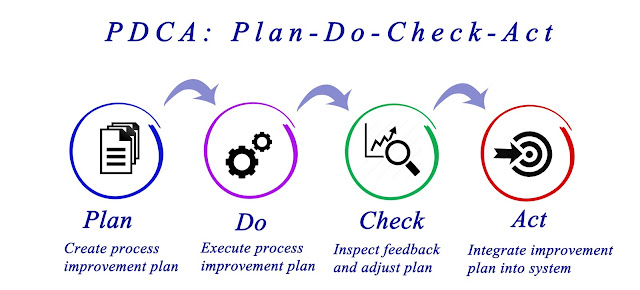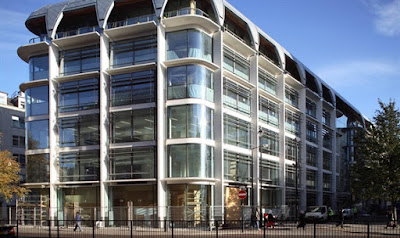Transforming a Slough waste-recycling centre using Green Infrastructure

As Green Infrastructure Design Challenge 2017 winners we’ve been invited to share our experience of being involved in the competition which was part of Green Sky Thinking Week 2017 , so here goes …. We are Louise and Stephen Handley, Landscape Designers at Amey plc . I must admit Stephen ‘fell’ upon the competition whilst ferreting through the Landscape Institute website. We don’t usually have time to enter competitions, but the brief for the Green Infrastructure Design Challenge corresponded closely with a project we were working on for Amey, and as designers anything that allows you to play with a project is welcome! The live project was a planning application to convert a piece of land near our offices to an additional car park, extra spaces being needed because our offices are merging with the local authority and an increase in staff will follow. The site is currently green (e.g. grass) and acts as a flood defence for the adjacent stream - the area being in a 1 in 100 chan...





